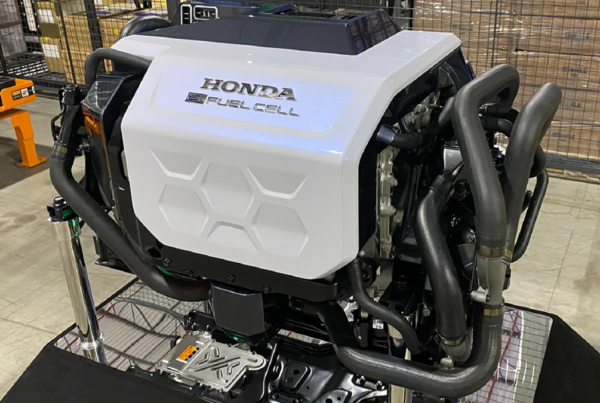
Saudi Aramco is making progress in talks to supply blue hydrogen to Asia in the next five years, according to the company’s chief technology officer.
Ahmad al-Khowaiter said in an interview at the COP27 climate summit in Egypt, said:
We are in serious negotiations with a number of players.
“South Korea and Japan are, I would say, the ones farthest along in discussions.”
The world’s biggest oil company wants to become a major exporter of blue hydrogen. The fuel is seen as crucial for the transition to cleaner energy. It’s made by converting natural gas and capturing the carbon dioxide emitted in the process.
Aramco is spending “multiple billions of dollars” on blue hydrogen, al-Khowaiter said. It’s aiming to start shipments — mainly in the form of ammonia, into which hydrogen is often converted to make it easier to transport — around 2027, he said. So far, Aramco has only sent test cargoes.
Much of the gas for Aramco’s blue hydrogen will come from Saudi Arabia’s massive Jafurah field. The company has said it will spend more than $100 billion developing it.
The main energy producer in neighboring United Arab Emirates is also investing in blue hydrogen and looking at shipments to Asia. Adnoc has been in talks with power companies including Japan’s Mitsui and South Korea’s GS Energy.
Aramco will mostly focus on blue hydrogen, according to al-Khowaiter, though it will invest in a green variety of the fuel through a $1.5 billion sustainability fund it announced last month. Green hydrogen is made when solar and wind power are used to split water atoms, resulting in no carbon emissions.
The technology for producing blue and green hydrogen on a mass-scale is still unproven. But the market could be worth $700 billion annually by 2050 if manufacturers can bring down costs, according to BloombergNEF.
“The bulk of our investment is going to be in blue hydrogen and that’s because blue hydrogen is far more competitive,” said al-Khowaiter. “It’s much lower cost and that’s what’s needed now to get hydrogen penetrated into the market. Ultimately, green hydrogen will become competitive. We believe in the 2030s.”
Read the most up to date Fuel Cell and Hydrogen Industry news at FuelCellsWorks




